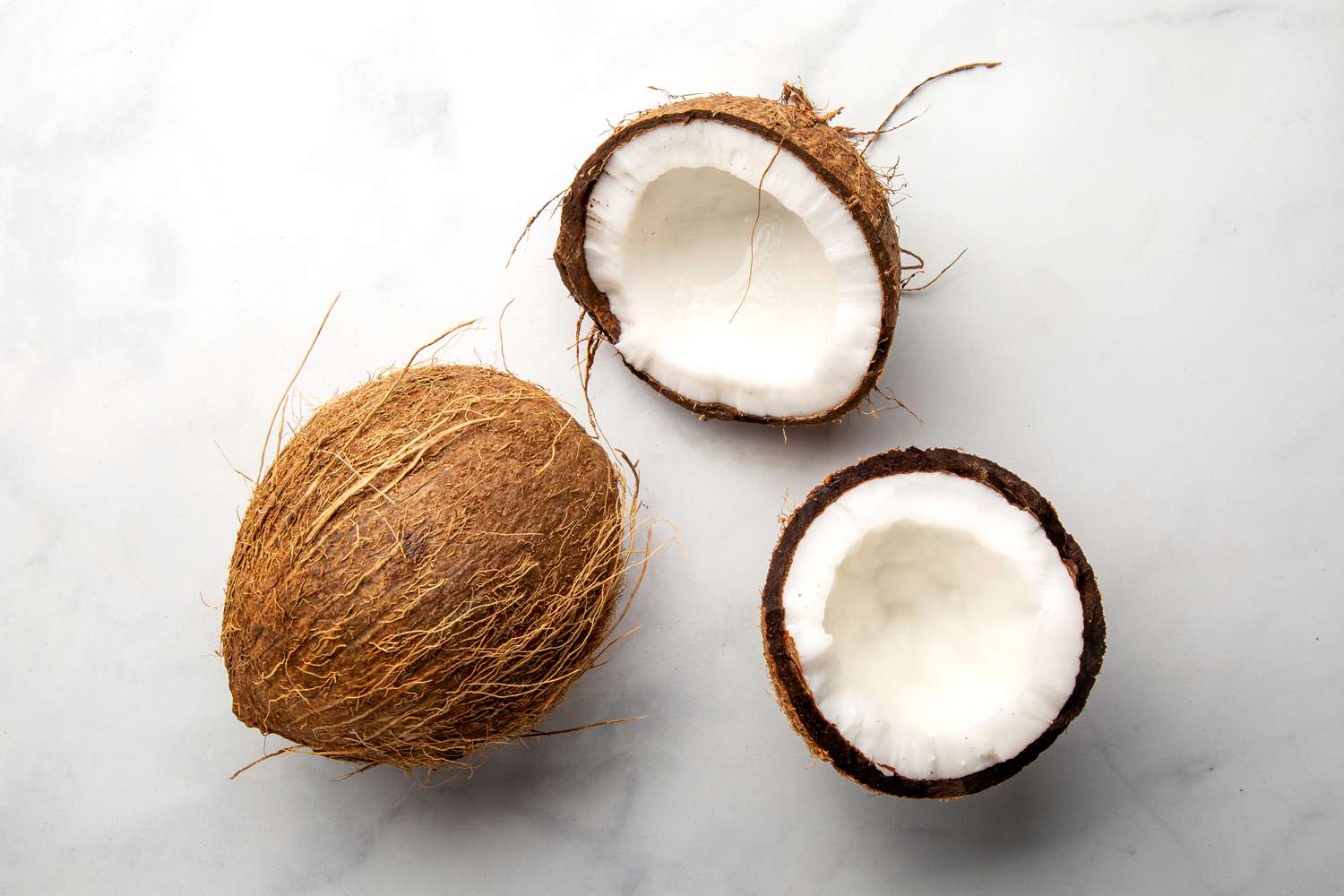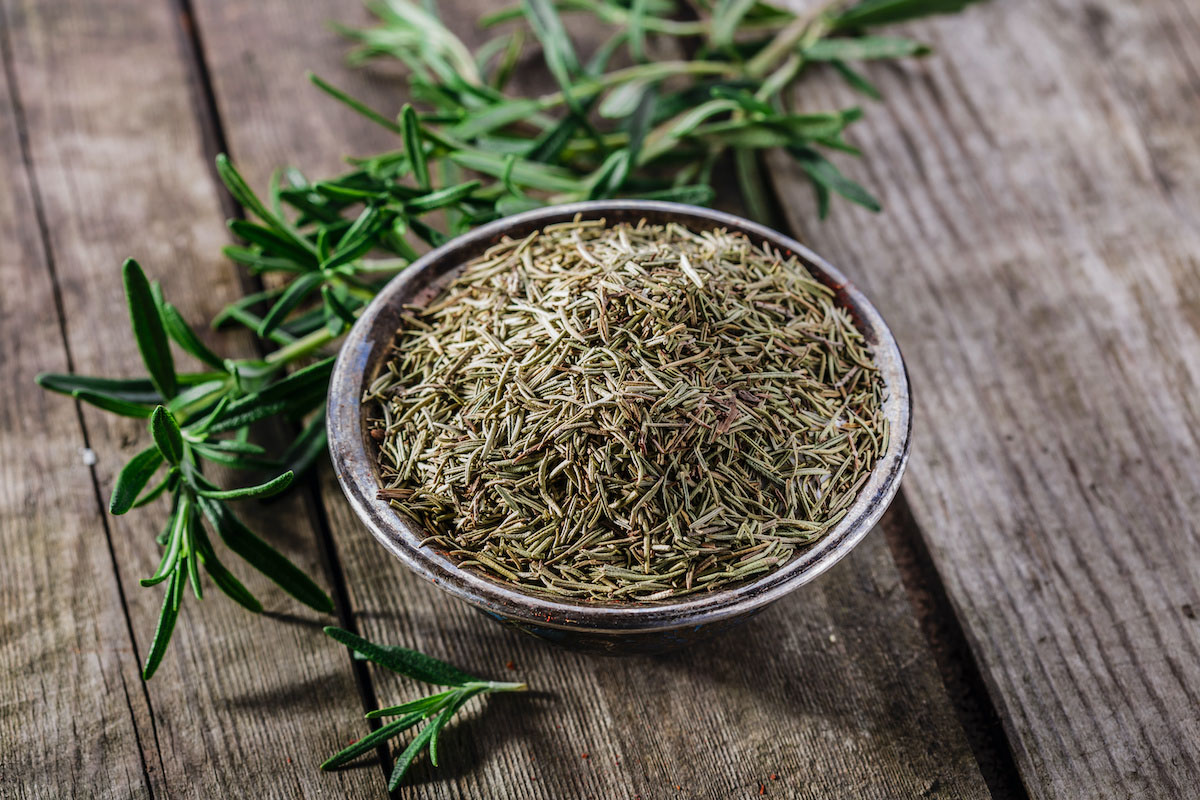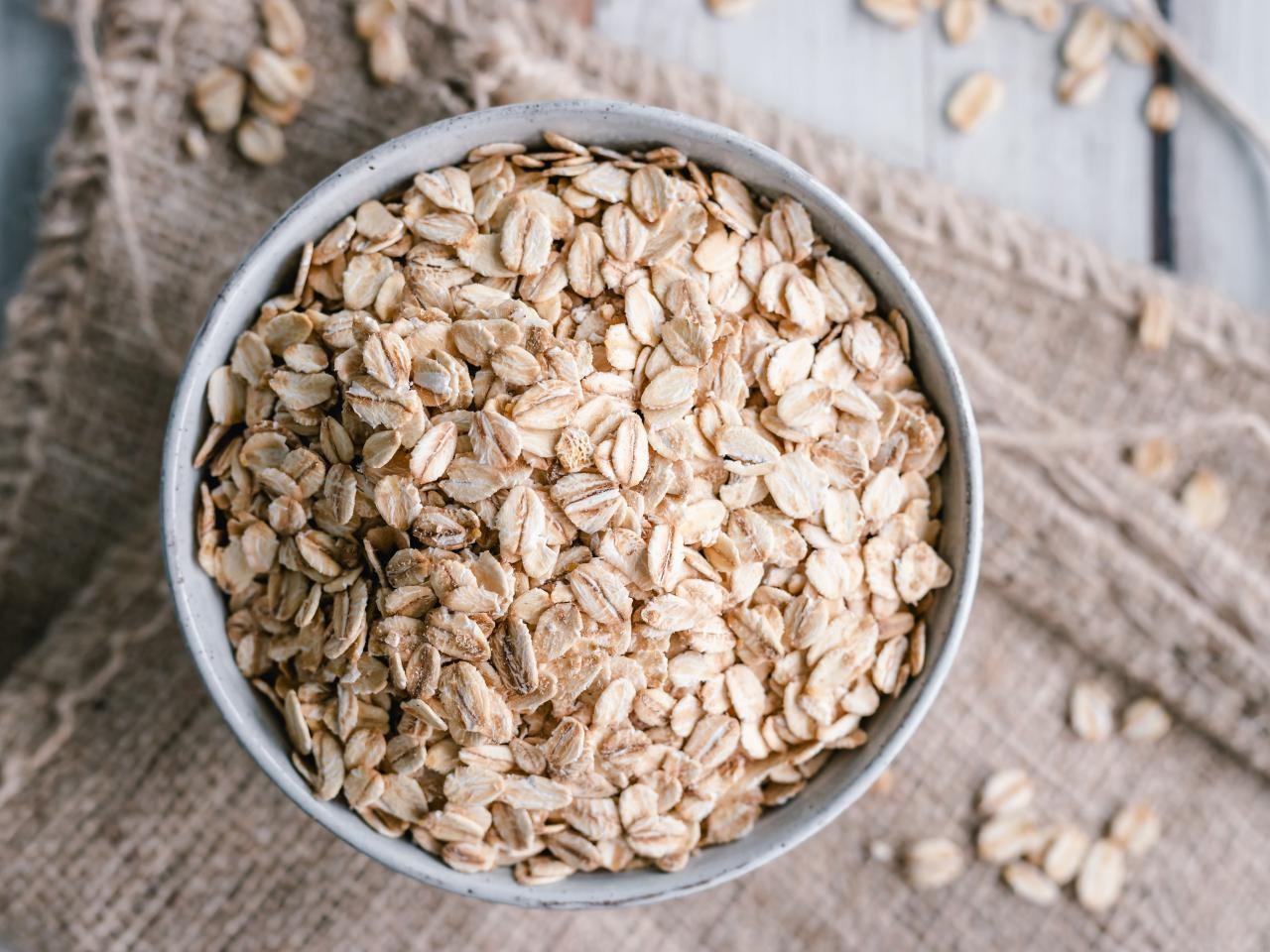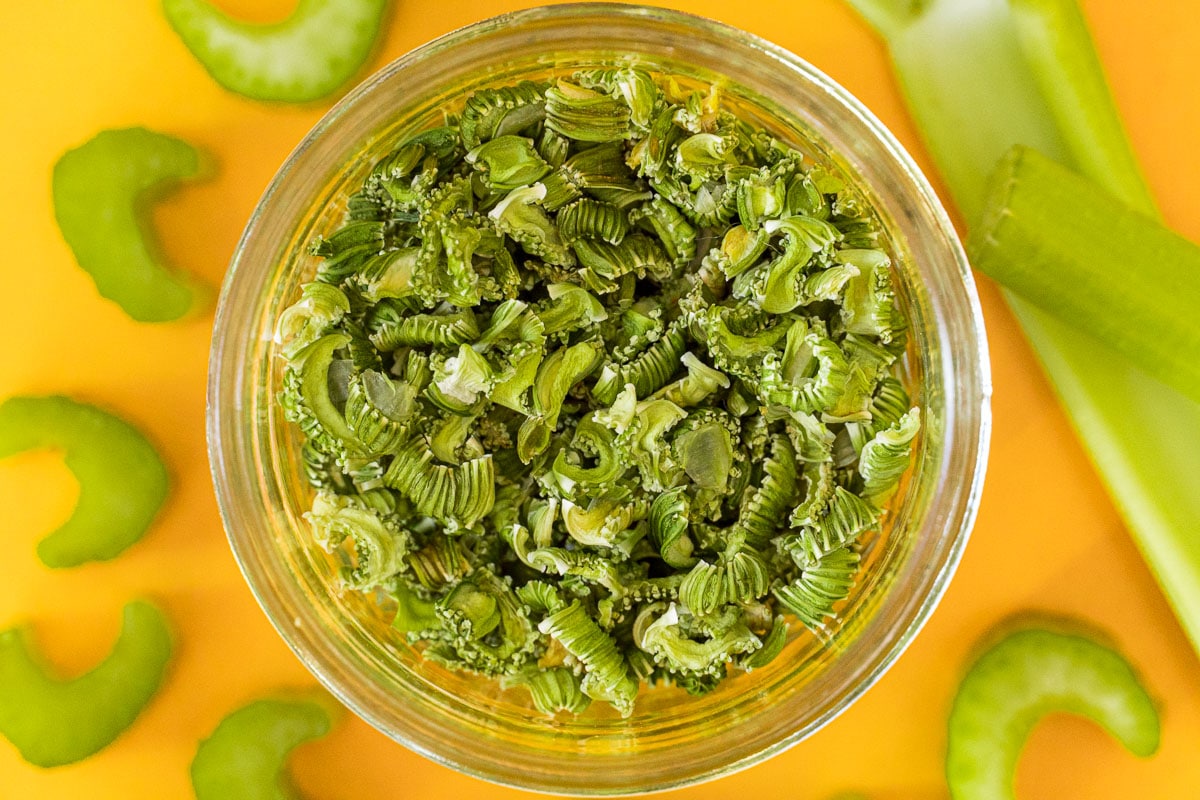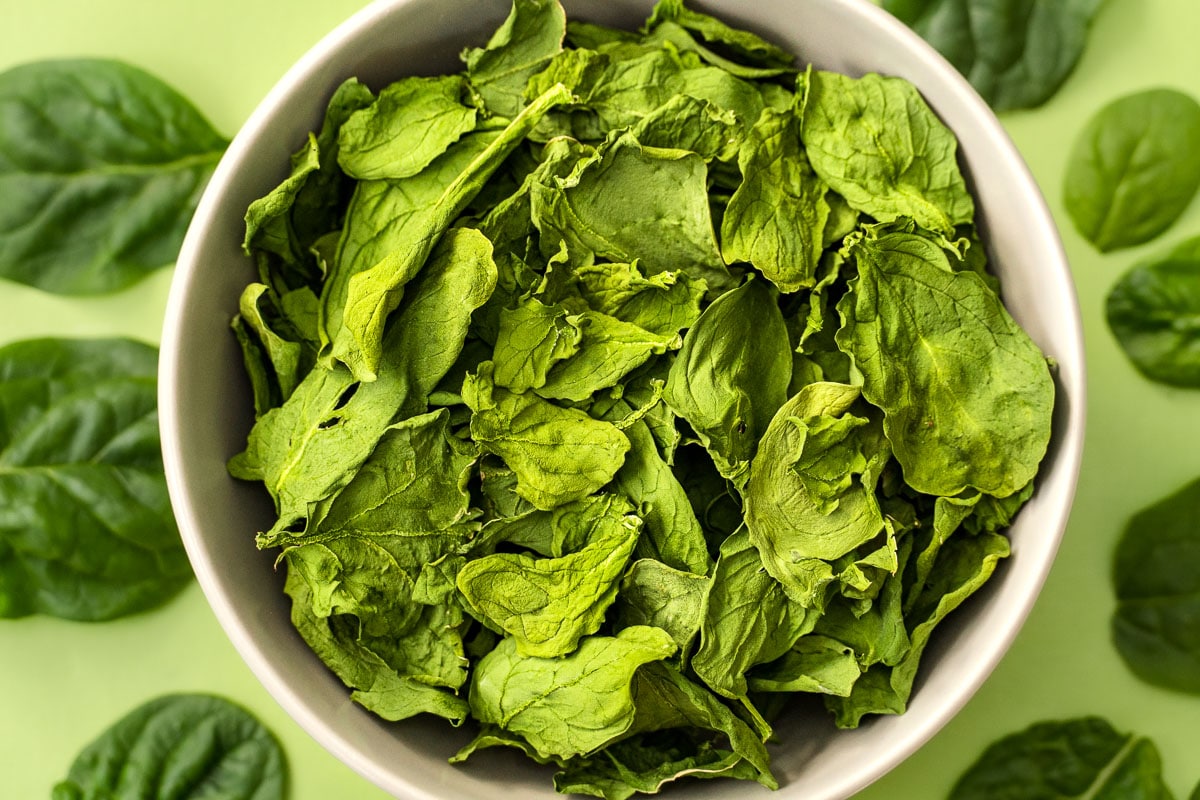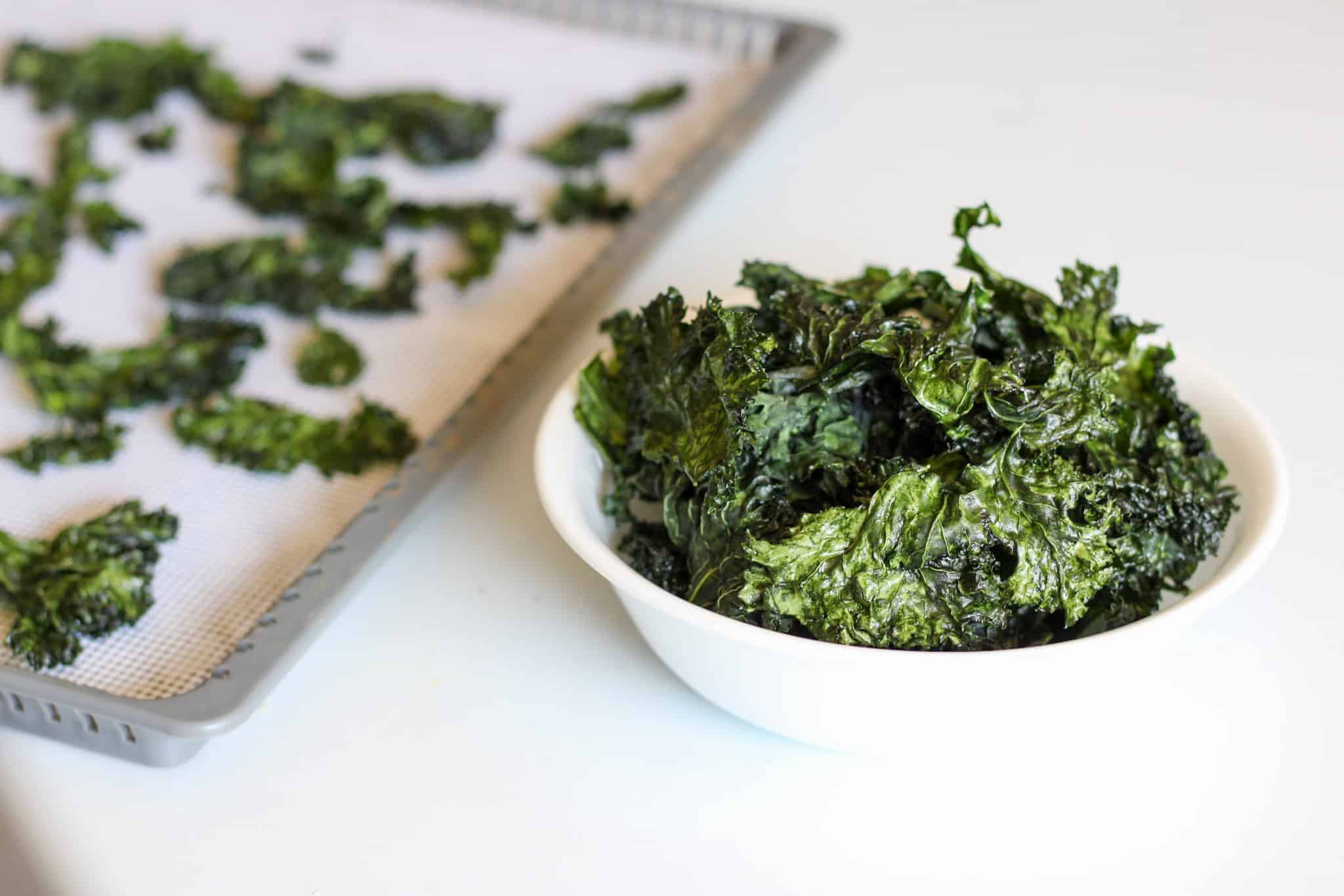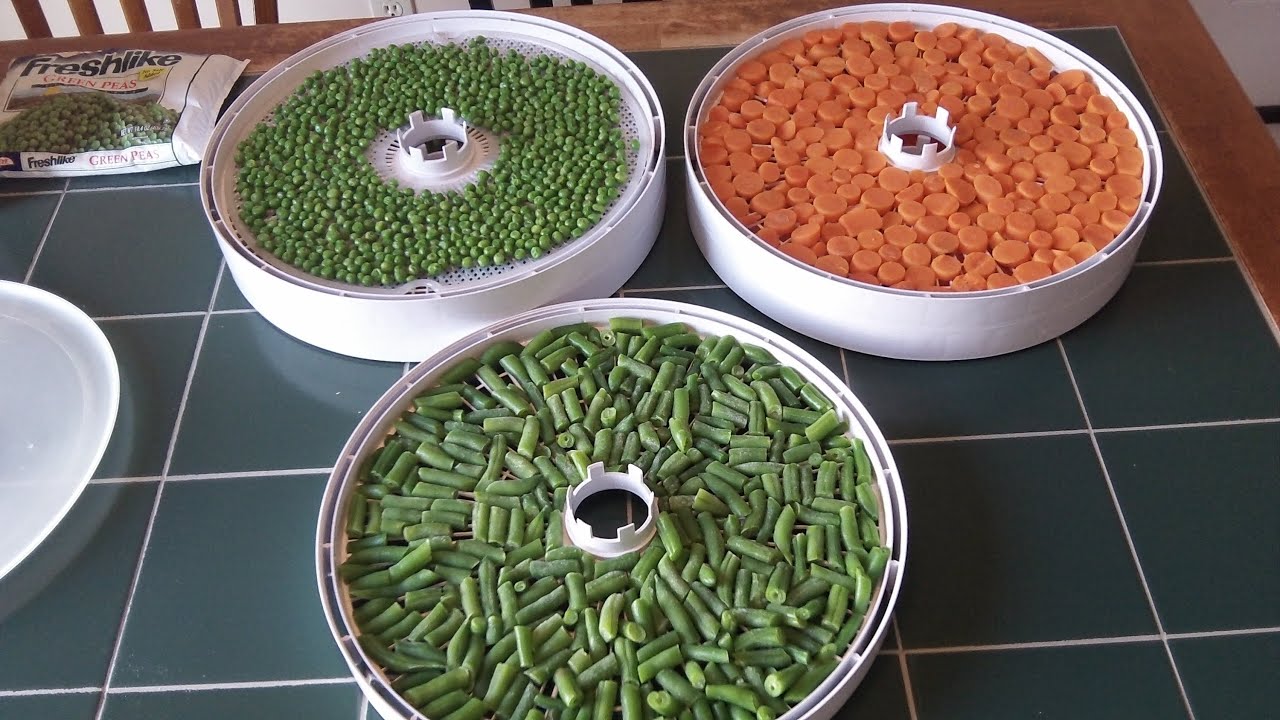Dehydrating Sprouted Grains: A Simple Guide
Are you looking for a way to preserve the nutritional goodness of sprouted grains for longer? Dehydrating them is a fantastic option! Not only does it extend their shelf life, but it also makes them convenient to store and use in a variety of recipes. In this guide, we’ll walk you through the simple steps to dehydrate sprouted grains at home.
What You’ll Need
Before you begin, gather the following supplies:
- A dehydrator
- Sprouted grains of your choice
- Parchment paper
- Airtight containers for storage
Step 1: Prepare the Sprouted Grains
Start by ensuring that your sprouted grains are clean and free from any debris. Rinse them thoroughly under cold water and pat them dry with a clean kitchen towel. This step is crucial to remove any potential contaminants and to promote even drying.
Step 2: Arrange on Dehydrator Trays
Once the grains are prepared, spread them out in a single layer on the dehydrator trays lined with parchment paper. Avoid overcrowding the trays to allow for proper air circulation, which is essential for even dehydration.
Step 3: Set the Dehydrator
Consult the instructions for your specific dehydrator model to determine the appropriate temperature and time settings for drying sprouted grains. In general, a temperature range of 110-135°F (43-57°C) is suitable for dehydrating grains. Set the dehydrator to the recommended temperature and allow the grains to dry for the specified time, typically 8-12 hours.
Step 4: Check for Dryness
After the initial drying period, check the sprouted grains for dryness. They should be firm and dry to the touch, indicating that the moisture has been successfully removed. If they still feel slightly moist, continue dehydrating them in 1-hour increments until they reach the desired consistency.
Step 5: Cool and Store
Once the sprouted grains are fully dehydrated, allow them to cool to room temperature before transferring them to airtight containers for storage. Properly dried grains can be stored in a cool, dark place for several months, ensuring that you have a convenient supply of nutritious sprouted grains on hand whenever you need them.
Ways to Use Dehydrated Sprouted Grains
Now that you have successfully dehydrated your sprouted grains, you can incorporate them into various dishes and recipes. Here are some ideas to get you started:
- Add them to homemade granola for a nutritious crunch.
- Grind them into flour for baking bread, muffins, and other baked goods.
- Sprinkle them over salads or yogurt for added texture and nutrition.
- Use them as a base for homemade veggie burgers or meatless meatballs.
- Blend them into smoothies for an extra boost of fiber and protein.
Dehydrating sprouted grains is a simple and effective way to preserve their nutritional benefits while enhancing their versatility in the kitchen. With just a few easy steps, you can enjoy the convenience of having dehydrated sprouted grains readily available for all your culinary creations.
Happy dehydrating!
For those keen on making the most of their sprouted grains, this guide provides a wide array of recipes to try. Start with the Homemade Sprouted Grain Bread for a wholesome and hearty loaf that's perfect for sandwiches or toast. If you're in the mood for breakfast, the Sprouted Grain Pancakes and Sprouted Grain Waffles offer a nutritious start to your day. For snack lovers, Sprouted Grain Granola and Sprouted Grain Energy Bars make for excellent, healthy choices. Those looking for a savory twist can experiment with Sprouted Grain Veggie Burgers, which are both filling and flavorful. Don't miss out on Sprouted Grain Muffins and Sprouted Grain Cookies for delightful treats that are both nutritious and delicious. Each of these recipes integrates the skill of dehydrating sprouted grains, ensuring you get the most out of their nutritional benefits while enjoying a variety of tasty dishes.
Was this page helpful?
Read Next: How To Dehydrate Figs In Dehydrator
